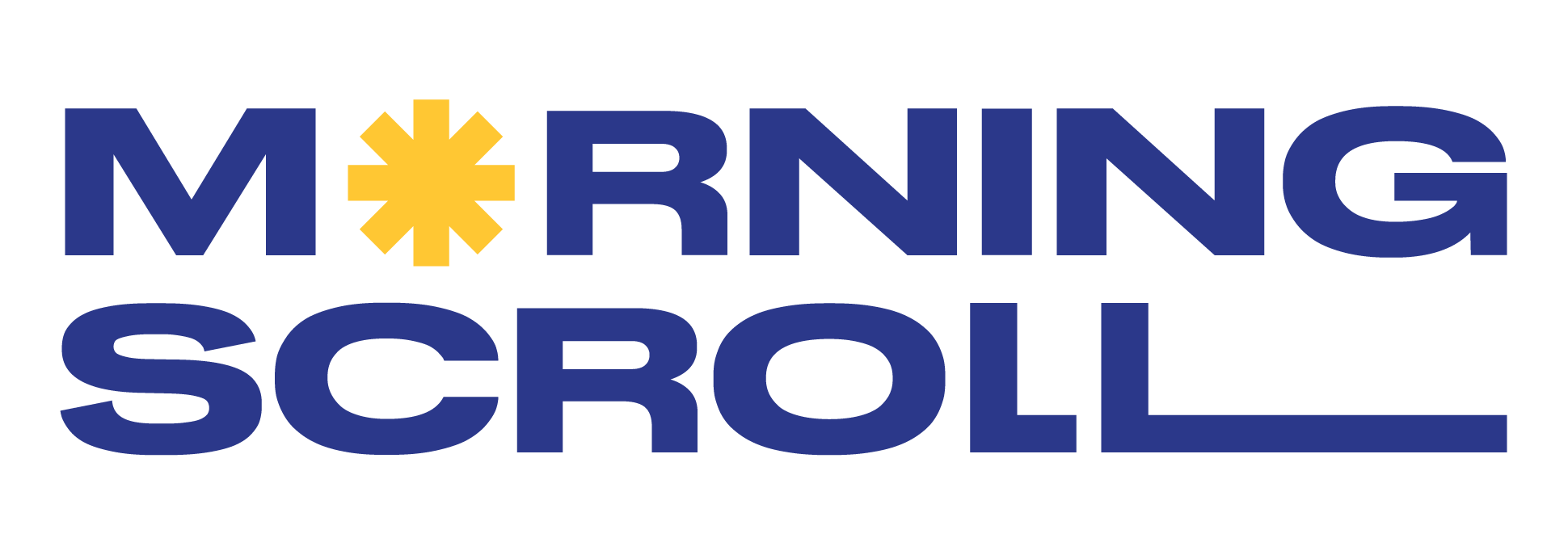Stroke is a serious medical condition that occurs when blood flow to the brain is disrupted, leading to brain cell damage and potentially life-threatening consequences. There are different types of stroke, each with its own causes and risk factors. In this article, we will explore the various types of stroke and delve into their respective causes.
- Ischemic Stroke: Ischemic stroke is the most common type, accounting for about 87% of all strokes. It occurs when a blood clot or plaque buildup blocks or narrows a blood vessel supplying the brain. The causes of ischemic stroke include:a. Thrombosis: A thrombus, or blood clot, forms within a blood vessel supplying the brain, blocking blood flow.b. Embolism: An embolus, typically a blood clot or debris, travels from another part of the body to the brain, causing blockage in a smaller blood vessel.c. Atherosclerosis: Fatty deposits called plaque accumulate and narrow the blood vessels over time, increasing the risk of blood clots and stroke.
- Hemorrhagic Stroke: Hemorrhagic strokes occur when a blood vessel in the brain ruptures or leaks, leading to bleeding in or around the brain. The causes of hemorrhagic stroke include: a. intracerebral Hemorrhage: This occurs when a blood vessel within the brain ruptures, usually due to high blood pressure or weakened blood vessel walls. b. Subarachnoid Hemorrhage: This type of stroke results from bleeding into the space between the brain and the tissues covering it (subarachnoid space). It is often caused by a ruptured aneurysm or head trauma.
- Transient Ischemic Attack (TIA): A transient ischemic attack, often referred to as a “mini-stroke,” is a temporary disruption of blood flow to the brain. TIAs have similar symptoms to a stroke but last only for a short time, usually a few minutes. They are caused by a temporary blood clot that resolves on its own. TIAs are considered warning signs of an impending stroke and should not be ignored.
Other Contributing Factors: Apart from the specific causes mentioned above, certain risk factors can increase the likelihood of experiencing a stroke. These risk factors include:
a. Hypertension: High blood pressure is a significant risk factor for both ischemic and hemorrhagic strokes.
b. Smoking: Cigarette smoking can damage blood vessels and increase the risk of stroke.
c. Diabetes: Uncontrolled diabetes can damage blood vessels and increase the risk of stroke.
d. High Cholesterol: Elevated levels of cholesterol can lead to the formation of plaque in the blood vessels, increasing the risk of stroke.
e. Obesity and Sedentary Lifestyle: Being overweight or leading a sedentary lifestyle can contribute to other risk factors such as high blood pressure, diabetes, and high cholesterol, thereby increasing the risk of stroke.
Conclusion
Understanding the different types of stroke and their causes is crucial for prevention, early detection, and appropriate treatment. Ischemic strokes are primarily caused by blood clots or plaque buildup, while hemorrhagic strokes result from blood vessel ruptures. Recognizing the risk factors associated with stroke, such as hypertension, smoking, diabetes, high cholesterol, obesity, and sedentary lifestyle, is essential for adopting preventive measures. By managing these risk factors and seeking timely medical attention, individuals can significantly reduce their chances of experiencing a stroke and safeguard their brain health.


